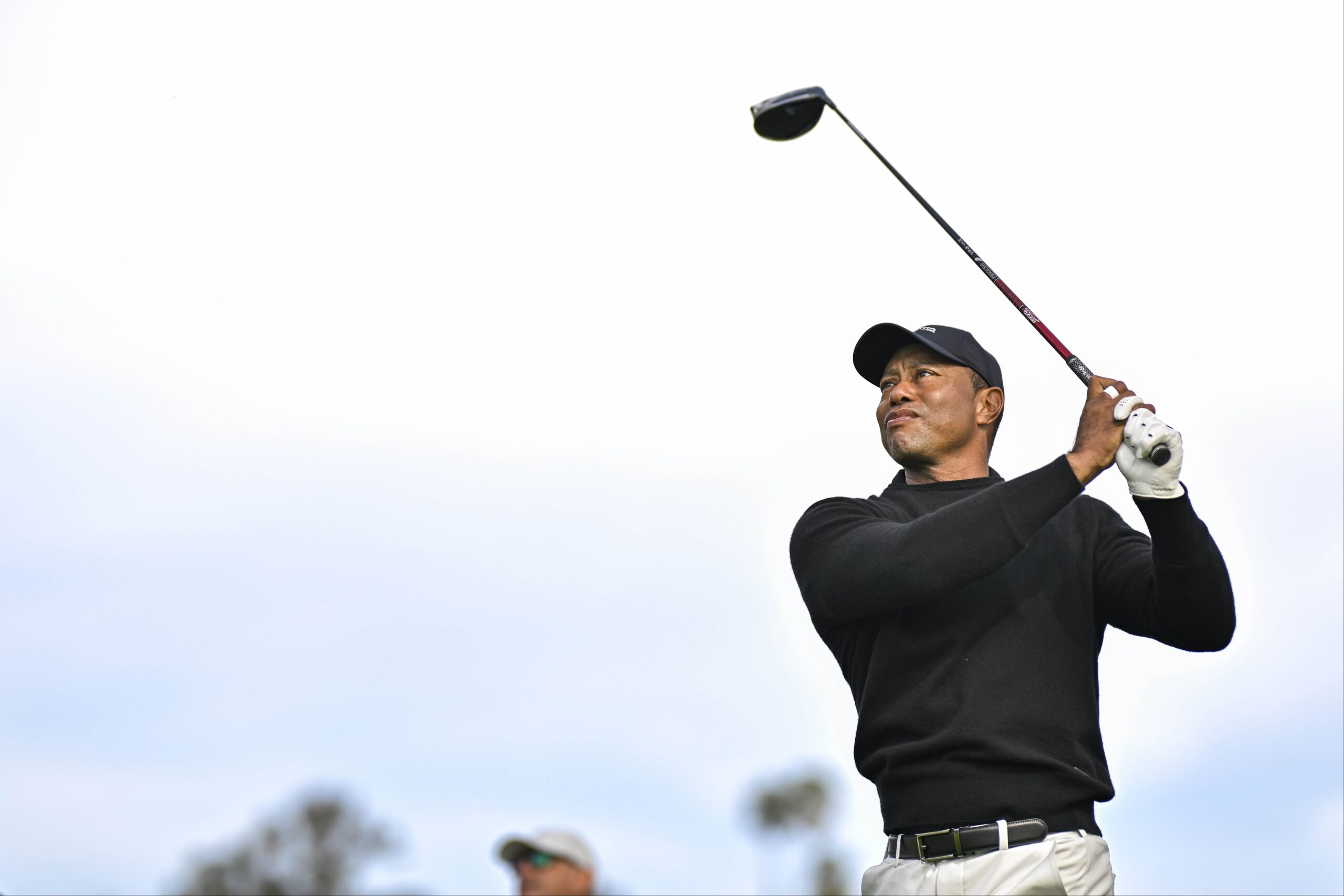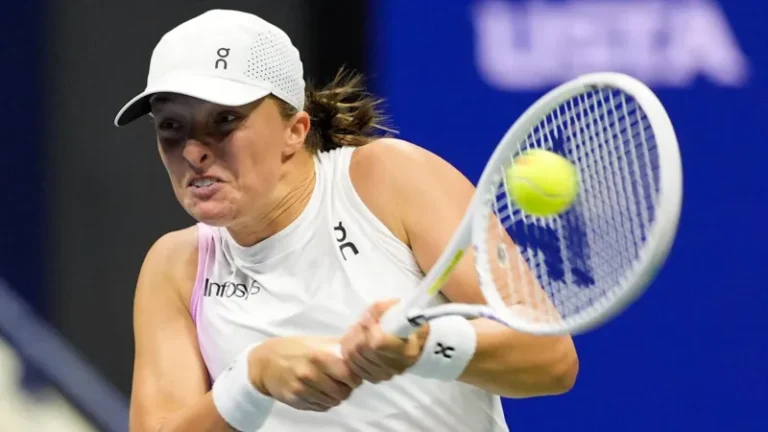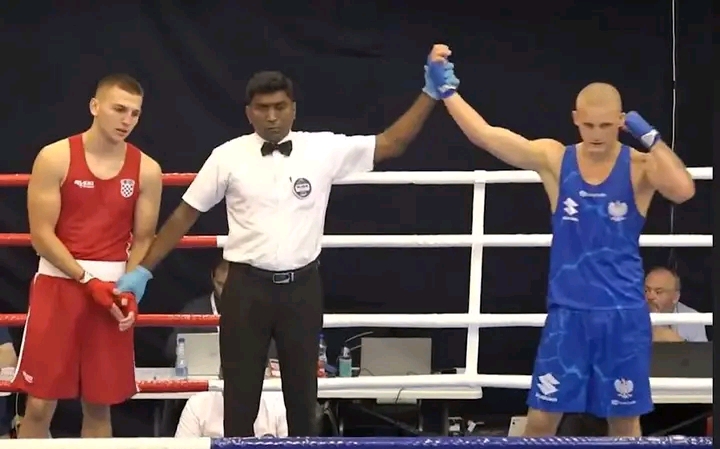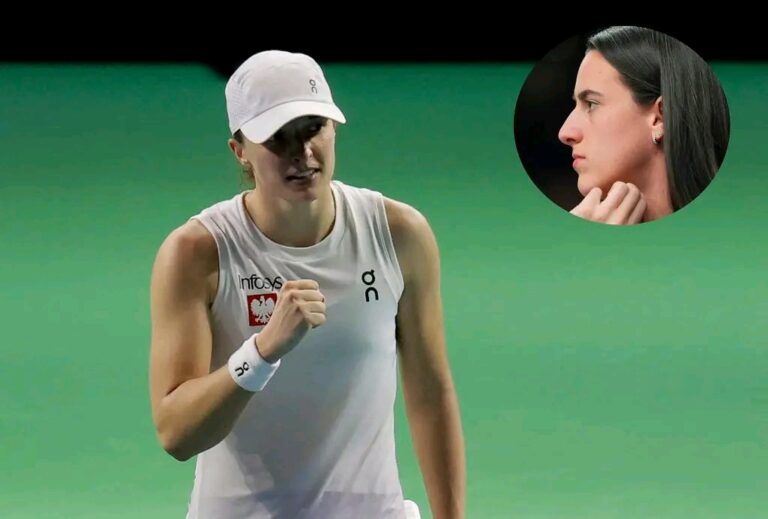Golf lacks dominance since Tiger’s run…
The Search for Golf’s Next Dominant Player
In the wake of Tiger Woods’ peak years, golf finds itself in a familiar landscape, reminiscent of the days before Woods burst onto the scene with his iconic “Hello, world” moment.
During that era, talent abounded, and rivalries flourished, epitomized by the global presence of Nick Faldo and Greg Norman. Faldo’s six majors and Norman’s tenure at world No. 1 showcased a thrilling competitiveness, while American fans rallied behind Fred Couples, whose charisma captivated the sport despite his physical limitations.
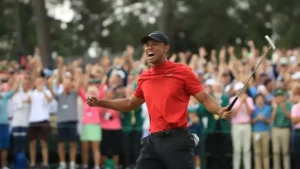
Then came Tiger Woods, a force that reshaped the game entirely. His unparalleled dominance and magnetic appeal skyrocketed television ratings and prize money. From his unprecedented 142 consecutive cuts to his U.S. Open victory by a staggering 15 strokes, Woods’ impact was seismic, rewriting golf’s narrative.
Yet, as Scottie Scheffler, the current top-ranked player, reflects, the post-Woods era has ushered in an era of parity. While Scheffler and others have briefly held the No. 1 spot, the revolving door of top-ranked players underscores the absence of a singular dominant figure.
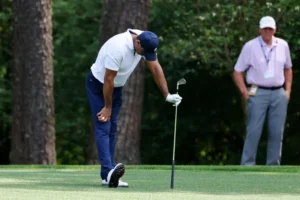
Potential rivalries, such as that between Scheffler and Jon Rahm, have fizzled out amidst external factors like Rahm’s departure for LIV Golf and lucrative Saudi sponsorships. LIV Golf’s wealth-driven landscape lacks the intensity necessary for true rivalries to flourish, as even former adversaries like Brooks Koepka and Bryson DeChambeau find common ground.
What golf craves, as Scheffler acknowledges, is a dominant player—a figure akin to basketball’s Steph Curry during the Warriors’ reign. Such dominance transcends fatigue, drawing fans to witness greatness unfold.
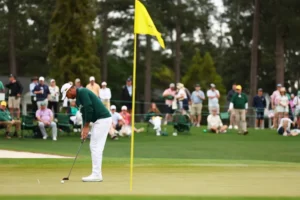
The question lingers: when did Woods’ dominance truly end? While his performance remained formidable even after personal turmoil, his physical ailments curtailed his on-course presence. Despite fleeting glimpses of brilliance, Woods’ enduring appeal surpasses that of the current top players combined, as evidenced by the PGA Tour’s Player Impact Program.
In golf’s storied history, legends like Bobby Jones, Jack Nicklaus, and Arnold Palmer have left indelible marks, yet Woods remains unparalleled. And as Scheffler aptly notes, the likelihood of another Woods emerging is slim.
The search for golf’s next dominant player continues, with contenders like Justin Thomas and Jordan Spieth experiencing flashes of brilliance. Yet, as history has shown, sustaining such dominance remains elusive in a sport defined by its unpredictability.
For Scheffler, maintaining his current trajectory is paramount, though cautionary tales of injury-plagued stars like Dustin Johnson and Rory McIlroy serve as reminders of golf’s unforgiving nature.
As Scheffler quips, perhaps it’s wise to take it easy on pickleball—lest the pursuit of greatness be derailed by unforeseen circumstances.

In the end, as golf navigates the post-Woods landscape, the quest for the next dominant player continues, a testament to the enduring allure and ever-evolving nature of the sport.
